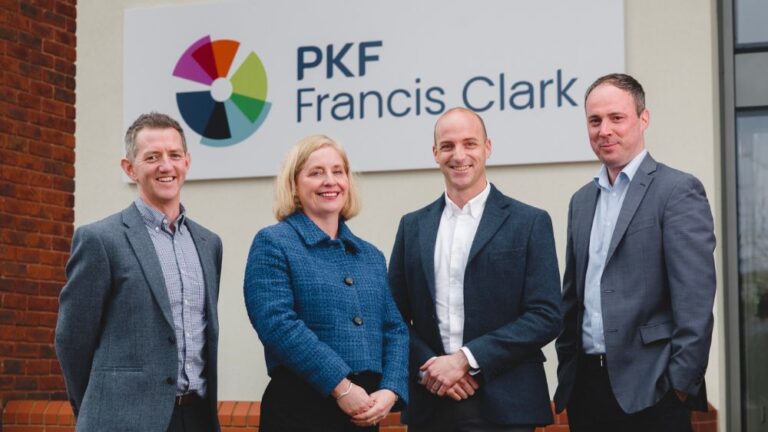
Stamp duty land tax (SDLT) savings
There was good news announced by the Chancellor in the mini-Budget on 23 September for those purchasing residential property in England and Northern Ireland. From 23 September 2022 the level at which people start paying stamp duty land tax on residential property is raised from £125,000 to £250,000. This will lead to SDLT savings of £2,500 for those who are not first-time buyers.
So how does this work in practice? Someone buying a replacement home worth £250,000 will now have no SDLT to pay (previously they would have paid £2,500). A purchaser of a £500,000 property will now pay £12,500 (previously £15,000) and if buying a £1m property will have SDLT of £41,250 (instead of £43,750).
As the previous 2% band of SDLT has now been abolished, the new non-surcharged rates of SDLT when purchasing residential property are as follows:
| Property price | SDLT rate |
| Up to £250,000 | 0% |
| £250,000 – £925,000 | 5% |
| £925,000 – £1,500,000 | 10% |
| Above £1,500,000 | 12% |
Those owning other residential property usually pay 3% on top of these rates, unless they are replacing their own home.
First-time buyers
Further support was also announced for first time buyers. From 23 September 2022, the threshold at which first-time buyers begin to pay residential SDLT will increase from £300,000 to £425,000, and the maximum value of a property on which first-time buyers can claim relief will increase from £500,000 to £625,000.
If a first-time buyer purchases a property for £500,000, the SDLT payable will now only be £3,750 (being 0% on the first £425,000 and 5% on the remaining £75,000).
For those who can afford to get on the property ladder and obtain any mortgage required, it is important to note that for joint purchasers, all purchasers must be first time buyers and must intend to occupy the dwelling as their only or main residence. Therefore, any family members wishing to help out financially must ensure the purchase is structured correctly to achieve their aims.
On 28 November 2022 it was announced that the changes above, which were initially announced as permanent, would only be a temporary increase in the residential nil-rate threshold until 31 March 2025.
SDLT savings in Investment Zones – an update
The mini-Budget in September had announced the introduction of new Investment Zones which would attract full SDLT relief. However, as with much of the original ‘Growth Plan’, this plan has been shelved and will be re-focused into developing some high potential knowledge-intensive growth clusters.
Any changes to mixed use transactions or multiple dwellings relief?
Despite a consultation on mixed-use property purchases and multiple dwellings relief starting in November 2021, no announcements were made in September 2022 on any changes to the existing rules in these areas. Therefore, there are still substantial savings to consider when buying properties which are not purely residential or where more than one dwelling is being purchased.
Speak to Heather Britton or another member of our SDLT advisory team to find out more.
Written by












